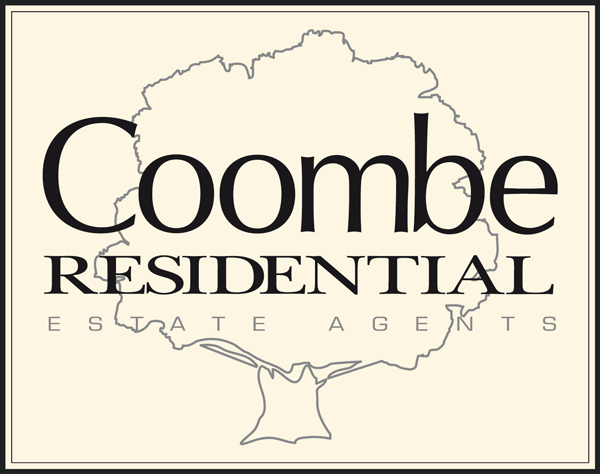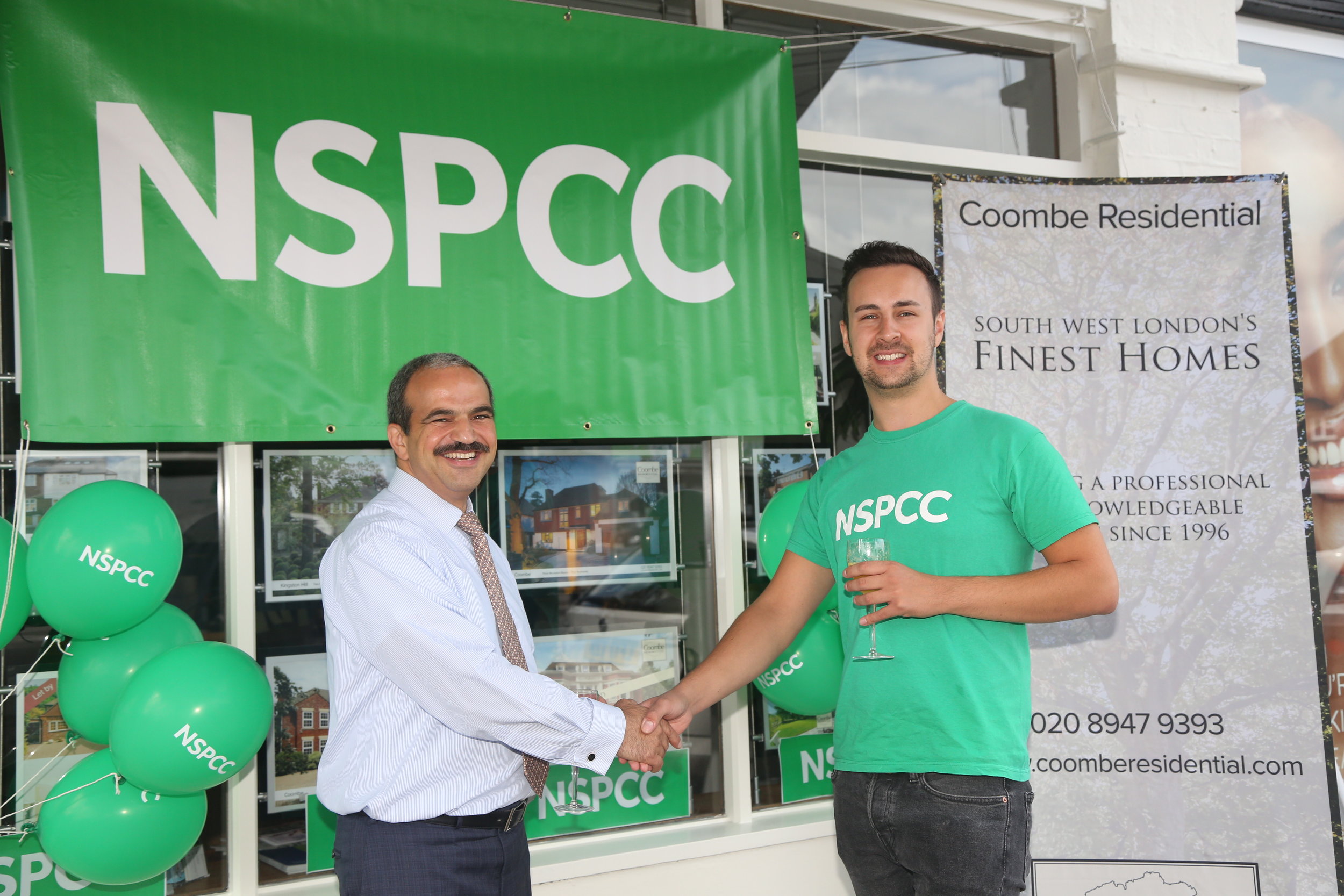As we enter 2025, homeowners and buyers are embracing new trends that merge comfort, sustainability and technology to create homes that are not only beautiful but also future-ready.
This year, the UK luxury home market continues to push boundaries, with emerging styles redefining residential spaces. Whether you’re refreshing your London home or preparing to sell, staying ahead of these trends is key.
Here are five home trends to watch for in 2025:
1. Sustainability is the new standard for high-end living
Sustainability has become a cornerstone of modern luxury. From energy-efficient appliances to reclaimed wood and recycled metals, high-end homes now seamlessly integrate eco-friendly elements without compromising on elegance.
Research by JLL highlights that property with sustainable features attracts higher prices, proving that eco-conscious design is not just good for the planet but also for the value of your home.
Features such as solar panels, geothermal heating and energy efficient windows are becoming standard, offering both environmental and financial benefits. Open layouts and large windows that maximise natural light are also trending, further reducing energy usage while enhancing aesthetics.
2. The rise of biophilic design
Biophilic design, inspired by our connection to nature, is making waves in 2025. This trend prioritises natural elements in architecture and interiors, creating spaces that promote mental well-being and harmony with the environment.
Key features include:
Nature-inspired colour palettes like soothing beiges and soft greens
Natural materials, textures, and light-filled spaces
Communal areas for connection and recuperative zones for relaxation
If you’re renovating or designing a home from scratch, biophilic design can be incorporated into the architecture and interior design with natural materials and organic textures. A few plants will always help liven up a space, boosting aesthetics and air quality and positively connecting to the outside.
3. Smart home technology integration
Smart homes are entering a new era of discreet sophistication in 2025. The focus has shifted from standalone gadgets to seamlessly integrated systems that enhance both efficiency and aesthetics.
Construction Week shared that 2025 innovations will include:
Luxury smart lighting with motion detectors and dimmable LEDs
Smart windows featuring automated blinds and color-changing glass
Advanced air purifiers and solar systems for sustainable living
Centralised audio systems for a relaxing atmosphere
Ergonomic kitchen systems that blend functionality with style
These advancements, powered by AI and energy management technologies, are creating homes that are personalised, sustainable, and effortlessly intelligent.
4. Maximalism: A celebration of bold, joyful living
In 2025, maximalism is redefining interior design. This trend celebrates individuality and creativity, encouraging homeowners to fill their spaces with elements that spark joy and tell their personal story. Maximalism thrives on a curated layering of patterns, textures, and colours that reflect the homeowner’s unique personality and experiences.
Key features of maximalist design include:
Vibrant patterns and prints: Bold wallpapers, floral upholstery, or geometric rugs that transform rooms into lively, dynamic spaces.
Layered textures: Combine plush velvets, soft furs, woven throws, and glossy finishes to create depth and visual intrigue.
Eclectic decor: Mix vintage treasures with modern pieces, artworks from various genres, and global-inspired accessories to craft a one-of-a-kind aesthetic.
Rich colors: From jewel tones like emerald and sapphire to warm, earthy hues, color is a cornerstone of maximalism. Play with contrasting palettes to make a bold statement.
Interior designer Sophie Robinson advocates this vibrant approach. She encourages homeowners to step outside their comfort zones, saying, “Your home should be a joyful reflection of who you are. Dull and drab are no longer acceptable.” Her advice? Start small if the idea feels daunting: add a statement piece of furniture, experiment with colourful cushions, or introduce an eye-catching gallery wall.
5. Homes for the mind, body and soul
In 2025, the concept of wellness is transforming home design, with a growing emphasis on creating spaces that nurture mental and physical health. The key elements of a wellness home include:
Dedicated wellness spaces: Yoga studios and relaxation zones are increasingly in demand, providing homeowners with private sanctuaries to de-stress and recharge. These spaces often feature calming color palettes, natural materials, and soothing lighting to foster a sense of tranquility.
Ergonomic and health conscious design: From adjustable standing desks to furniture that supports healthy posture, ergonomic design is a cornerstone of wellness homes.
Natural light and ventilation: Large windows, skylights, and open layouts maximize natural light and airflow, enhancing mood and energy levels while reducing dependence on artificial lighting. House Beautiful state if you want to boost your Vitamin D levels, try to bring additional sunlight through your home through open doors, windows or a light tunnel.
Luxury homes are increasingly incorporating state-of-the-art amenities like swimming pools and gyms as part of the wellness trend. Pools offer a dual benefit; they serve as a space for low-impact exercise and relaxation while adding to the overall aesthetic appeal of the property.
Embrace 2025 with the top trends for your home
The home trends of 2025 reflect a shift towards spaces that are as functional as they are beautiful, balancing sustainability, wellness, and technology with personal style. Whether it’s through sustainable luxury, nature-inspired designs, or bold self-expression, this year’s trends empower homeowners to create spaces that truly feel like their own.
If you’re considering buying, selling, or transforming your home, these trends are a great starting point.
Let us help you find or create a space that’s perfect for you. For no-obligation advice on buying or selling a home in Coombe, Wimbledon or Kingston Upon Thames, contact our expert property team at Coombe Residential on +(44) 20 8947 9393, visit us in person or email enquiries@coomberesidential.com


























